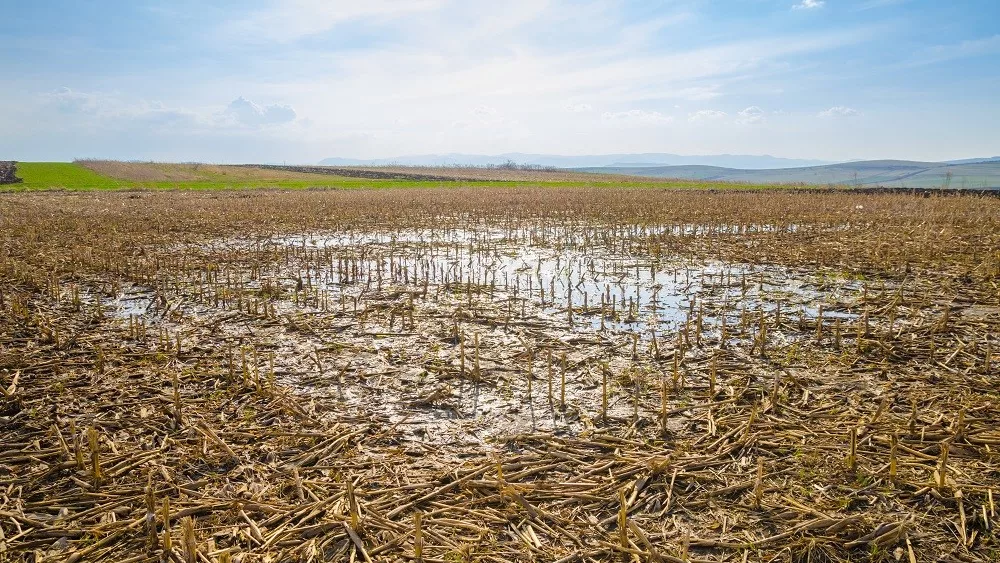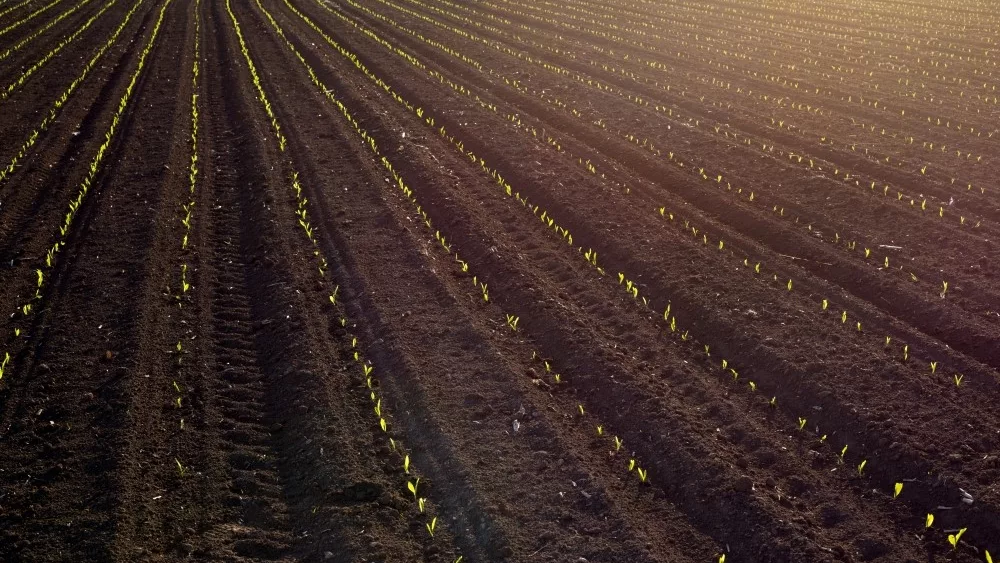To spray or not to spray? That’s not just a question, but the question as we move deeper into the growing season.
With severe drought hitting much of the Midwest, you may be wondering if a fungicide application is worth the cost.
Tyler Harp, fungicide technical product lead for Syngenta, says choosing the right fungicide can still help preserve yield in drought conditions.
“We are underestimating the value of these newer premium products that are in the market today, what we call plant health fungicides, which include products like Miravis Neo and Trivapro. These products are not the same fungicides that you maybe your father or your grandfather used to use. We’ve got a lot of data to show that these new fungicides preserve yield across dry years like 2020, which was the driest year we’ve had in the last five, or 2021, which was one of the wettest years we’ve had in the last five years comparing rainfall during that same period. Syngenta still did our on-farm strip trials, and we still compared the yield potential of these products during both years, and both years averaged between 15 and 18 bushels per acre on average. So, if a grower doesn’t take advantage of the plant health potential of these products, then they’re just leaving money on the table.”
The improvement in plant health and yield protection will make that fungicide application worth the investment.
“These new premium fungicides that have this carboxamide class of chemistry, which is new in this market, that allows this more prolonged and pronounced plant health benefits that last over a longer period of time, really protecting that plant during that critical stage when it transitions from vegetative to reproductive. That’s when we see this stress that has the most impact on limiting yields. And if you want to get the most out of the genetic potential that the crop can deliver, there’s no better tool today than a plant health fungicide to preserve yield potential. And the best tool today to preserve the genetic potential and preserve that investment is a Syngenta plant health fungicide, so can you afford not to do it’s probably a better question.”
He talks about what sets apart cleaner and greener fungicides from ordinary products and how they help protect yield in wet or dry conditions.
“We refer to cleaner as potent, long-lasting disease control, which a fungicide should do. The greener part refers to this plant-health benefit. So, we can describe the benefits of this plant health in three general categories. One is that we see that we have greener leaves, and we get more photochemistry – the light energy that a leaf absorbs. The second one is water conservation. We know that these respiration-inhibitor potent plant-health fungicides will reduce the transpiration rate in leaves yet with no negative impact on the ability of that plant to create energy and do photosynthesis. And then the third thing is harvest efficiency, and we know that these plant health fungicides will create a stronger stalk, which allows the combine to go faster. We know that that can save a lot of costs in harvesting.”
Applying products Trivapro and Miravis Neo is key to protecting that valuable yield at the end of the growing season.
“When we look at 15-to-18 bushels per acre, and we look at commodity price spikes and where they might go even down under four dollars, you’re still getting a positive return on your investment, so it doesn’t have to be a situational decision. Our data clearly shows, and our experience clearly shows that with these new plant health fungicides, putting this in as part of your agronomy, part of your practice to preserve your yields, will pay off.”
Click below for Eric Pfeiffer’s radio news report for Michigan Ag Today.





